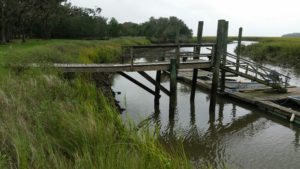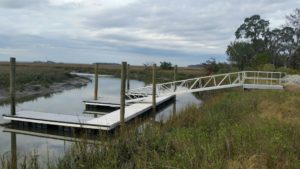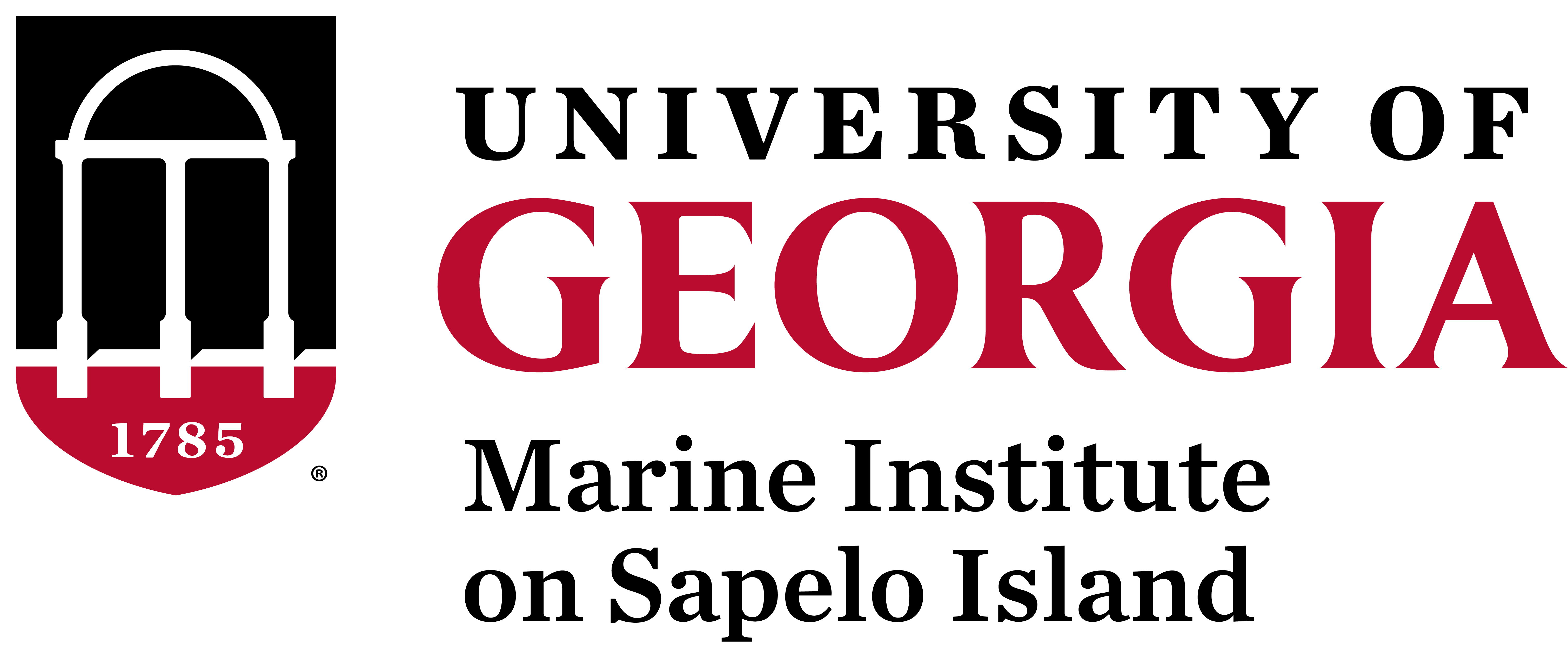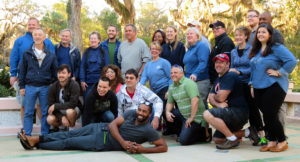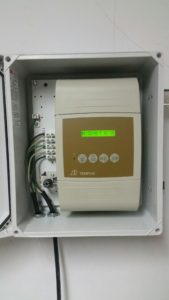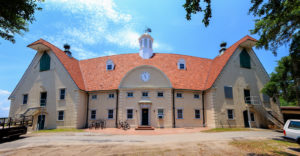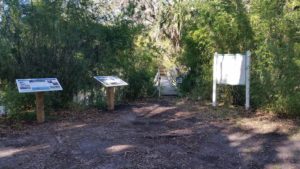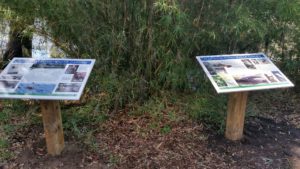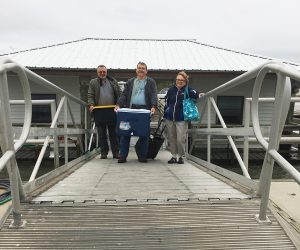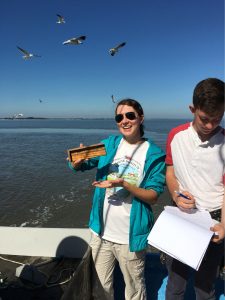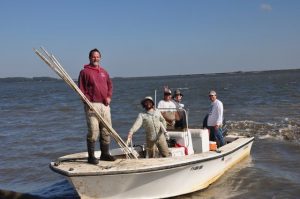UGAMI gets new small boat docks
To get to ocean and estuarine habitats, marine scientists depend on boats; they’re a basic tool of the trade. Most people understand the importance of boats to our work. But there are other, somewhat less exciting, tools that are just as important. For example, a boat is fairly useless unless you have a dock that allows you to get onto your boat. With that in mind, you’ll understand why so many of us at UGAMI are thrilled that we just replaced both of our small boat docks.
UGAMI maintains a dock on Sapelo Island’s Post Office Creek, near the Georgia Department of Natural Resources (DNR) office. The dock had been showing its age; the creek bank had eroded and destabilized the pier, and the floats were falling apart. There was a long-term plan to replace this dock, but it would take a few years to implement because the initial cost estimate for the project was $180,000.
Then we lucked out. The Georgia DNR maintains a separate dock, further up Post Office Creek, which was already scheduled for replacement. But because the creek channel had migrated northward several yards over the past few decades (hence the erosion undermining the pier), the construction barge wouldn’t be able to pass the UGAMI dock to get to the DNR dock. So the marine construction company that had the contract to replace the DNR dock, R.L. Morrison and Sons, Inc., contacted Jacob Shalack,UGAMI’s Assistant Director for Operations, to find out if they could temporarily remove our dock to gain access to the DNR dock. Since it didn’t make a difference to the R.L. Morrison construction crew whether they re-installed the old pilings and floats or installed new ones, Jacob realized that this was an opportunity to replace the dock at a small fraction of the original cost estimate. Much of the expense of dock replacement is for labor and for the tugboat, barge, and crane needed to transport and install the new materials. Since R.L. Morrison was willing to waive these expenses, we could get a new dock for just the price of the materials, but we needed to act fast. With the help of UGA’s Office of Research, UGAMI Director, Merryl Alber, cobbled-together the funds to purchase a new walkway, ramp, pilings, and floats. The savings was enormous, and the old wooden dock was replaced with a more durable aluminum structure with space for six small boats.
Just before the Post Office Creek dock replacement opportunity arose, we had also replaced the single floating dock at our boat haulout. This makes it easier to launch and retrieve boats. By making it easier to launch our boats and get underway, we can spend more of our time pursuing our mission: conducting research.
